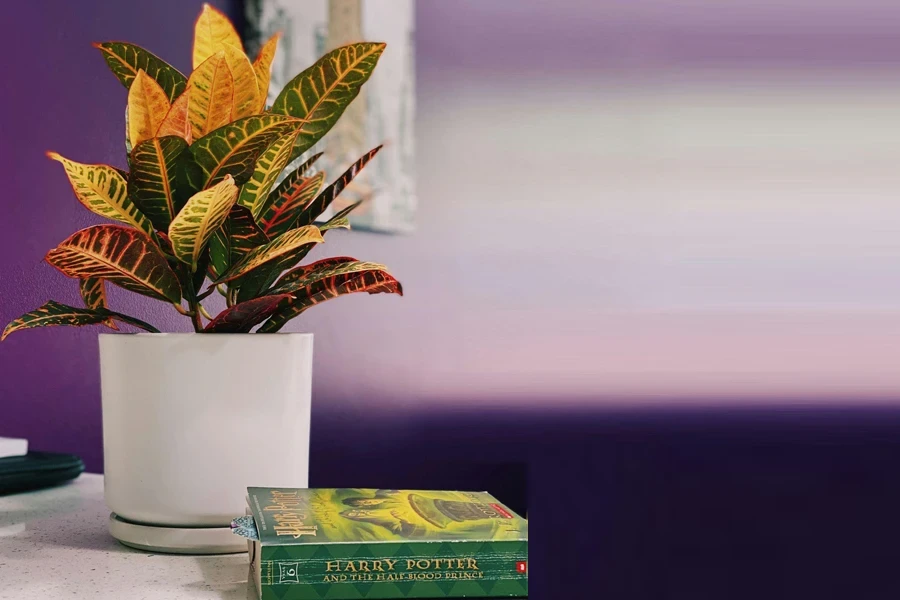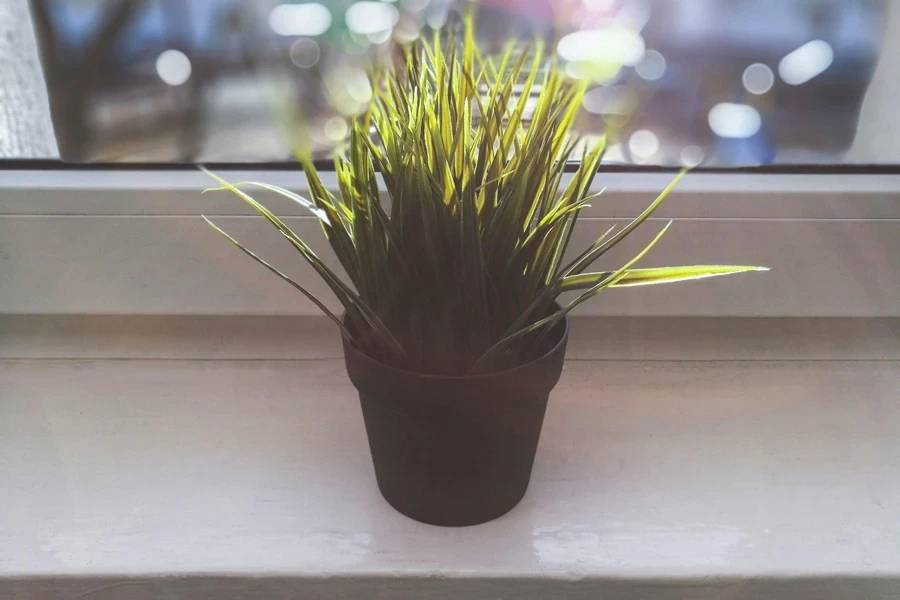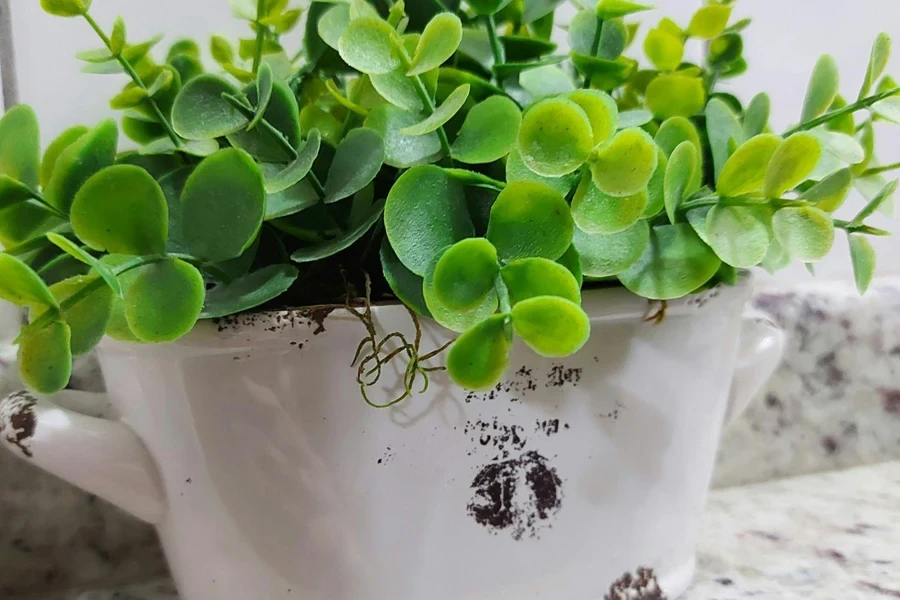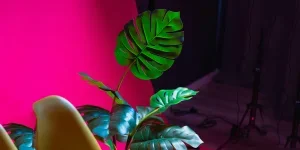Table of Contents
● Introduction
● Market overview
● Things to consider when selecting artificial plants
● Types of artificial plants and their features
● Conclusion
Introduction
Artificial plants are rapidly becoming a favored choice in both residential and commercial environments due to their seamless blend of convenience and beauty. These lifelike botanicals offer the visual appeal of natural greenery without the ongoing care or seasonal constraints associated with live plants. They provide a consistent aesthetic appeal that complements any décor, ranging from minimalist modern to rustic charm. The durability and ease of maintenance make them particularly suitable for spaces that demand year-round vibrancy without the fuss. Furthermore, their adaptability in various settings underscores their growing popularity as a practical yet stylish decor solution.

Market overview
The artificial plants market has been experiencing robust expansion, with an estimated value of USD 2.84 billion in 2022 and anticipated to grow at a compound annual growth rate (CAGR) of 5.9% from 2023 to 2030, according to Grand View Research. This growth is largely fueled by increasing demand for low-maintenance and long-lasting home décor items, particularly in commercial spaces and households. The rise in popularity is further supported by technological advancements that have significantly enhanced the realism and aesthetic appeal of artificial flowers. Significant market shares are held by regions such as Europe and North America, where there is a strong demand for eco-friendly and maintenance-free décor options.
Innovations in materials, such as the introduction of real-touch polyether polyurethane (PU) foam technology, have transformed the market. These advancements have moved artificial plants beyond their former reputation for being cheap or low-quality, to being integral parts of sophisticated and lifelike product offerings used in diverse settings including corporate environments and luxury hospitality. Innovations in materials, such as the introduction of real-touch polyether polyurethane (PU) foam technology, have transformed the market. These advancements have moved artificial plants beyond their former reputation for being cheap or low-quality, to being integral parts of sophisticated and lifelike product offerings used in diverse settings including corporate environments and luxury hospitality.

Things to consider when selecting artificial plants
Material and design features of top models
The choice of materials in artificial plants significantly affects their appearance and durability. According to Mason Home, top-quality artificial succulents are often crafted from silicone or advanced polymers that not only replicate the intricate details of the plants but also provide resilience against fading and wear. Artificial palms may utilize a blend of silk or polyester for the leaves and textured materials for the trunks to enhance realism, making them suitable for spaces intended to impress, such as corporate or upscale retail environments. The material selection is crucial as it dictates the plant’s longevity and suitability for different light conditions and physical interactions.
Suitability for different environments
Each type of artificial plant serves specific environmental needs that should be considered when planning interior or exterior decor. As per Artificial Flora UK, silk-made artificial ferns are ideally placed in office spaces or waiting areas, where they add a subtle, refined touch without requiring constant maintenance. For outdoor settings or areas with higher exposure to wear and tear, plastic-based artificial plants are recommended due to their high durability and resistance to weather conditions, highlighted by Green Carpet. This versatility allows for broader use across various locations, ensuring that each plant serves both a decorative and practical purpose.
Comparative analysis for decision-making
When selecting artificial plants, conducting a comparative analysis of their features relative to the intended use and environment is crucial. In environments with high traffic or the presence of children and pets, opting for artificial plants made from hardened polymers or treated fabrics is advisable; these materials offer increased durability and safety. Conversely, for areas that are less frequented and where aesthetic value is prioritized, one might choose more delicate materials that focus on visual appeal over longevity. Understanding these nuances ensures that the selected artificial plants not only fit the aesthetic requirements but also adhere to practical demands of the setting.

Types of artificial plants and their features
Diversity in artificial plant types
The world of artificial plants boasts a rich diversity, each type tailored to enhance different settings. Ferns, with their lush and expansive foliage, are ideal for spaces that require a touch of soft, naturalistic texture without the need for direct sunlight. Palms offer a bold statement with their tall, sweeping leaves, making them perfect for larger, airy environments that can accommodate their scale. Succulents are suited for more modern or minimalistic designs due to their compact size and geometric shapes, making them excellent choices for desktops or small indoor gardens.
Design and material innovations
Advancements in manufacturing technologies have greatly enhanced the quality and realism of artificial plants. Top models are now made from high-grade polymers and fabrics which mimic the tactile and visual properties of real plants. These materials are chosen not only for their aesthetic qualities but also for their durability and ease of maintenance. For instance, artificial palms might use a combination of silk for the leaves and sturdy, textured materials for the trunks to achieve both an impressive appearance and structural stability, suitable for both indoor and outdoor settings.
Environmental suitability and practical applications
Choosing the right artificial plant involves considering its suitability for various environments. According to Green Carpet, materials such as advanced polymers are specifically beneficial for outdoor use due to their resistance to weather and UV light, preventing fading and wear over time. On the other hand, artificial plants designed for indoor use often focus on subtlety and detail, complementing interior decor without overpowering it.
Comparative analysis for optimal selection
The decision-making process for selecting artificial plants should include a comparative analysis of their features. This involves evaluating aspects like material quality, expected lifespan, care requirements, and aesthetic value. For example, while a silk fern might provide an elegant touch to a dimly lit office corner, a polymer-based succulent could be better suited for bright, sun-filled spaces due to its fade resistance. Such comparisons ensure that the chosen artificial plants not only fit the visual requirements of the space but also align with practical maintenance expectations.
Conclusion
Incorporating artificial plants into décor offers a range of benefits, enhancing spaces with their enduring beauty and minimal maintenance requirements. These plants provide a practical solution for adding greenery to environments where natural plants might not thrive, ensuring vibrant, fresh-looking foliage year-round without the need for watering, pruning, or sunlight. Their versatility in design and material also allows for perfect integration into any decorating style, from rustic to contemporary, making them a staple in both residential and commercial settings. To maximize the aesthetic and functional advantages of artificial plants, it is crucial to select options based on the discussed criteria of material quality, environmental suitability, and design. Whether the goal is to enliven a home, office, or commercial area, choosing the right artificial plants can transform an ordinary space into a visually appealing and inviting atmosphere. This strategic selection ensures that the plants not only complement the interior design but also offer a practical, long-lasting decor solution.




